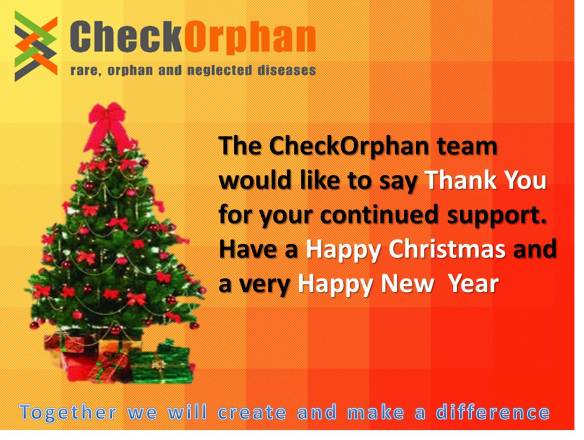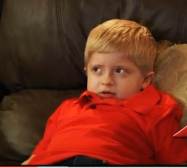 Bense, chairman of the Florida State University Board of Trustees, also yearned to be in Gainesville the previous week to revel in FSU’s beat down of archrival University of Florida.
Bense, chairman of the Florida State University Board of Trustees, also yearned to be in Gainesville the previous week to revel in FSU’s beat down of archrival University of Florida.
But Bense has been focused on far more basic and important matters, such as relearning how to dress himself in the morning and relearning how to walk.
Bense, 62, a Panama City businessman who was speaker of the Florida House of Representatives in 2005 and 2006, is spending his days in a clinic in Atlanta, recovering from a debilitating ordeal that began without warning almost 100 days ago when Bense was diagnosed with Guillain–Barré syndrome.
One day he was fine and playing golf. The next day his fingers and toes started tingling out of control. Two days later he couldn’t move.
His brain was fine but his body had betrayed him. He couldn’t communicate, and he was in constant agony.
“The pain is very intense. I’ve experienced some of the longest nights of my life,” Bense said during a telephone interview. “They say you can tell a Guillain–Barré patient by where the screams come from at night. I’ve kind of gotten beyond that now. My pain is at a minimum.
“It’s been a rough ride, but we’re hanging on and improving every day,” he added. “I think I’ve turned the corner. I still have a long way to go but I see some daylight.”
That wasn’t the case for most of September and October. Bense began his medical journey at Gulf Coast Hospital in Panama City, spent one week at Shands Hospital in Gainesville before returning to Panama City, where he underwent multiple plasma transfusions in an attempt to rid his body of the toxins attacking his nervous system.
Guillain–Barré can be life-threatening, as Bense can attest. It strikes fewer than two in 100,000 individuals. About one-third of the cases are traced to an infection, but physicians have no clue about the cause for the other two-thirds, including Bense, who are forced to cope with Guillain–Barré.
Bense and his wife, Tonie, have been in Atlanta since early November. He is a patient at Shepherd Center, a rehabilitation facility that specializes in brain and spinal-cord injuries.
House Speaker Will Weatherford, Bense’s son-in-law, brought his wife and three daughters to Atlanta for four days to be with the Benses over the Thanksgiving holiday.
“He’s my mentor and my best friend. To see him go through this is very challenging,” Weatherford said. “You know, life throws you curve balls sometimes and it’s thrown a curve ball to Allan. I’m not surprised to see him battling back. I’m looking forward to the day when we go back on the golf course together.
It probably will be a while. Bense said he has every intention of attending the next FSU trustees meetings — he missed two this fall — scheduled for January and March, but he may be in a wheelchair. He hasn’t even started physical therapy to relearn walking.
“I have to build back my lower body strength. The key is to be patient,” Bense said. “It’s a marathon, not a sprint.”
FSU President Eric Barron marvels at Bense’s determination and positive spirit. Barron relied on Bense’s family members for regular updates until recently, when he was able to have actual conversations with his board chairman.
“Allan’s one of those people who’s driven and wants to excel. Here, he faces a tremendous challenge and just steps up and says he’s going to beat it,” Barron said. “I think there’s more and more evidence that your attitude makes a big difference in your recovery, and here’s more proof of that.”
Despite his isolation and the debilitating effects of his illness, Bense has delighted in following Florida State’s unbeaten football team and its magical season, with FSU just one win away from a national championship.
“I wish I could be at every game. I miss being around the university, the kids and the faculty. I do wish I could be there to celebrate,” Bense said. “I’m proud of the players, I’m proud of the coaches and very proud of the way they’ve handled themselves. It’s a good time to be a Seminole.”
Source: Tallahassee.com











